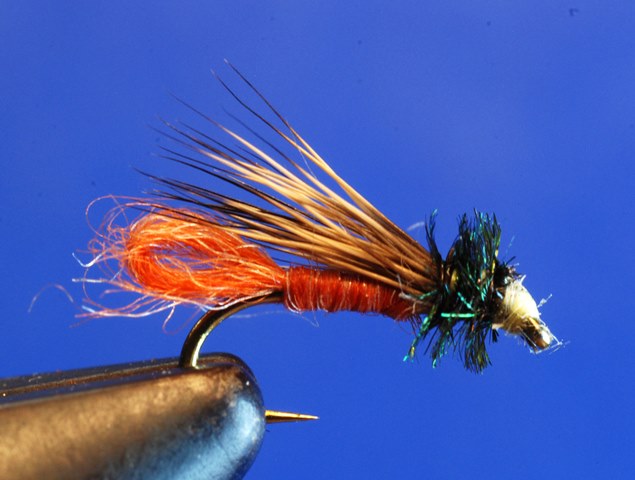BY THE WAY, THE "OLIVE" HATCH IS ON
/I knew the “olives” would probably come off later in the day, but I got to the river early anyhow. It’s always been hard for me to wait around and besides when I get to the river early I almost always have it pretty much to myself for a few hours. Yesterday it wasn’t even “pretty much to myself.” I was the first one there. It’s an eerie feeling to be tooling up the canyon to a popular catch and release area and realize you’re the only one there. It’s only happened to me once or twice before over the 25 years I’ve fished and guided that stretch of the river.
I caught myself humming the theme music to the old Twilight Zone TV show hosted by Rod Serling, but then I reminded myself that I was simply the first fisherman to arrive that morning. There would, of course, be more. However, I did take a few extra minutes to check out some upstream sections of river, but I had already pretty much decided where I was going to fish. By the time I dawdled back to it the trout were out in the feeding lanes. It was all subsurface stuff, but who cares. I’d nymph until the hatch. I rigged up a size 16 Pheasant Tail Soft Hackle and a size 22 Churchill’s Sparkle Wing RS II.
I was betting on the size 22 RS-II point fly, but the when I quit nymphing for a lunch break the count for trout caught and released was about equal for each fly. Like most early spring mornings the nymphing was slow, but steady. If you fish methodically and patiently to trout you spot you’ll hook up.
There were just a few trout rising when I got back to fishing after lunch. Most of those first few risers were pretty eager and if you saw a rise and made a decent presentation you caught the trout. There is a funny aspect to this early season Blue-winged Olive hatch. You see a riseform and the trout will take a dry fly imitation, but you seldom see an actual dun sitting on the water’s surface. I’ve wondered if the trout are primarily taking emergers or if my old man eyes just can’t see the naturals on the water’s surface. No matter what, I’m always happy when they take the single dry fly imitation. It’s my absolute favorite way to fish a hatch---no trailing nymph or emerger imitation required; just the single dry fly and you catch your share. The hatch tapered off after a couple of hours so I headed downstream to see what was happening at a favorite bend pool. Trout were rising all over it. Same thing, too, the obvious rise with no visible naturals on the surface.
This particular pool is considerably more challenging to fish mostly because you need to read some pretty complicated water to get a decent drift. Add a predictable early spring afternoon wind and a not so predictable and sudden afternoon snowstorm and you have a great Blue-wing Olive day. The fishing was glorious. I fished until the snowstorm forced me off the river. I kept thinking I should shoot a few “snowy day fishing” photos for my blog post, but I just couldn’t stop casting to those risers. I’m hoping you’ll understand and would do the same. However, I offer you some images taken earlier that the day before the snowstorm.
In case you’re wondering---I caught every trout on a Taka’s Emerger (see my post for 11/29/2013).





























